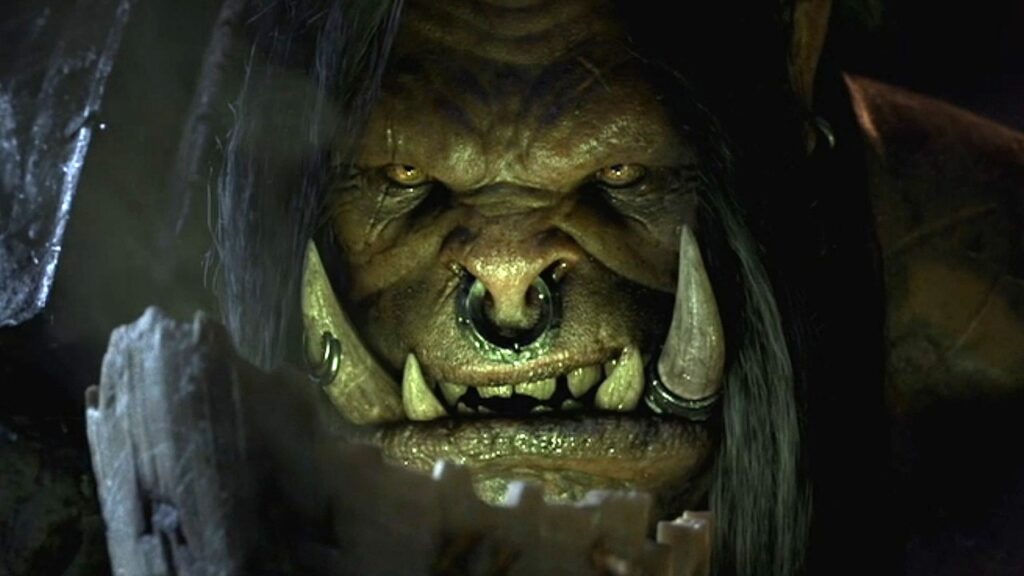Blizzard‘s massively successful massively online multiplayer RPG World of Warcraft wasn’t the first big online game of its kind, but it’s the only one to really stand the test of time. Part of the reason for its enduring appeal is down the detailed and expansive lore of the world that Blizzard have created but there’s also another strategic, more savvy, reasonable Warcraft has managed to hang around for over a decade.
What’s more, it appears Blizzard are attempting to imbue their competitive team-based first person shooter Overwatch with the same long-term appeal.
At its peak, WoW touted 12 million active subscribers but that number often fluctuated with and between major expansion packs from the game. Although World of Warcraft didn’t lack from competition, it managed to endure and outlast every attempt to displace it because of two specific reasons.

The first is pretty simple and easy to grasp: they got there first. Blizzard’s uncanny ability to polish a game and shave off its unpleasant edges certainly helped them succeed with WoW, but the fact that it became the gold-standard for MMORPG’s put them in an almost unassailable position. Many of the hardcore MMORPG communities originated and revolved around WoW and while competition like Age of Conan, Warhammer Online, Tabula Rasa or Star Wars: The Old Republic could certainly lure them away from Azeroth for a time – they’d always come back. It doesn’t matter whether we’re talking about, they’ve proved less of World of Warcraft-killers and more of digital vacations.
Part of the reason for that lies with the second factor that underpins World of Warcraft’s continual popularity: timing.
A few year’s into Blizzard’s reign, a pattern began to emerge within the MMORPG genre. Long-timers know how it goes. A fresh new face would enter the fray with bold new ideas and just as, or just after, the launch of their MMO, Blizzard would spring a major content patch, time-sensitise in-game events or bring an expansion pack on WoW players in order to lure them back.

By now the parallels between WoW and Overwatch should begin to become apparent. Overwatch launched in the same month as half of the most-hyped shooters of 2016 (Doom, Battleborn, Homefront: The Revolution) and then added its second post-release character Sombra within weeks of the other half (Titanfall 2, Battefield 1, Call of Duty: Infinite Warfare). The timing here is by means accidental – but deliberately positioned to stifle and sap the efforts of competitors to move in on the audience that Blizzard have their hooks into.
We often compare and conceive of game releases in the same way as blockbuster Hollywood films. However, that’s increasingly looking like a short-sighted strategy for many major developers. Sure, that go-big-or-go-home approach is going to net you higher release sales as you manage the hype right – but a steady stream of income can often prove more valuable than a seasonal lump sum.
As with all of their games, Blizzard aren’t targeting the initial launch audience – they’re targeting the long-tail one.

